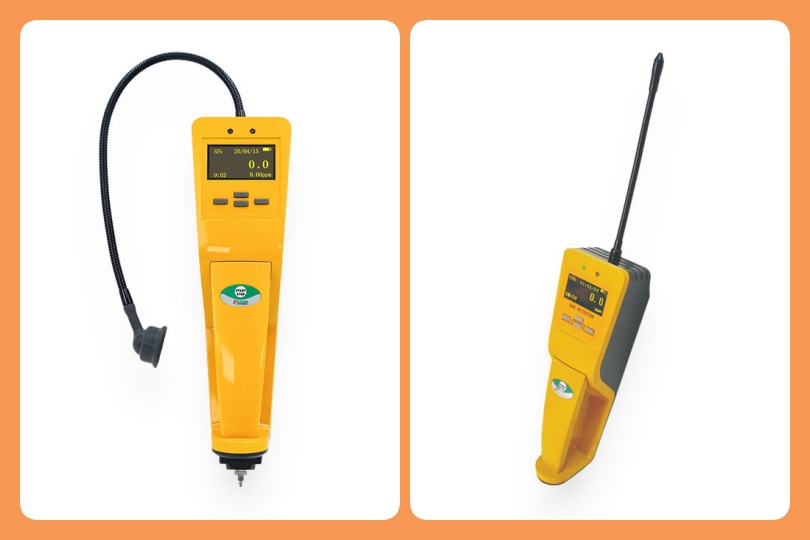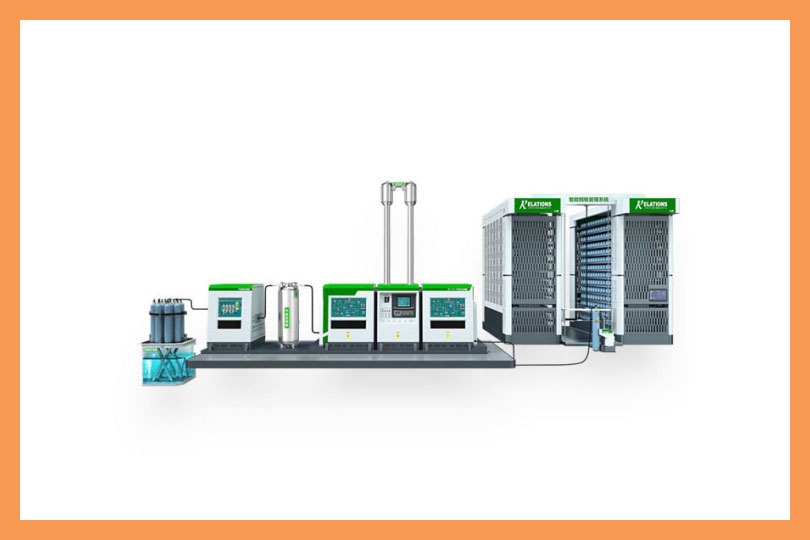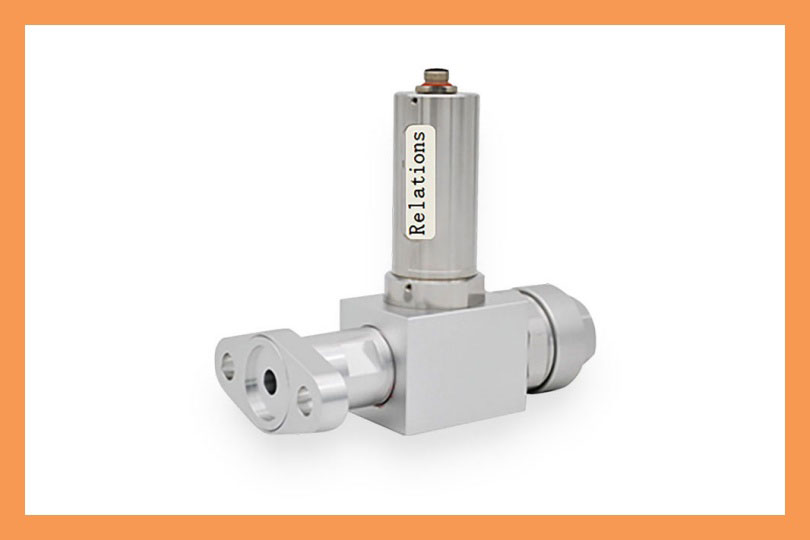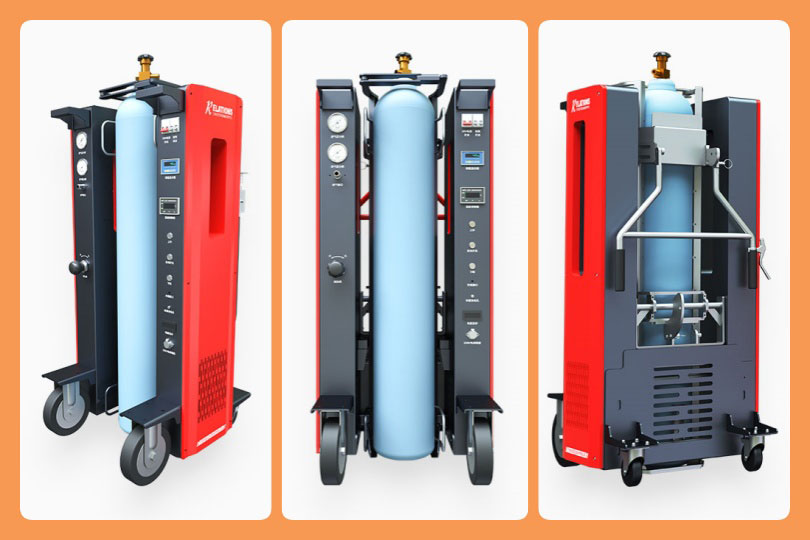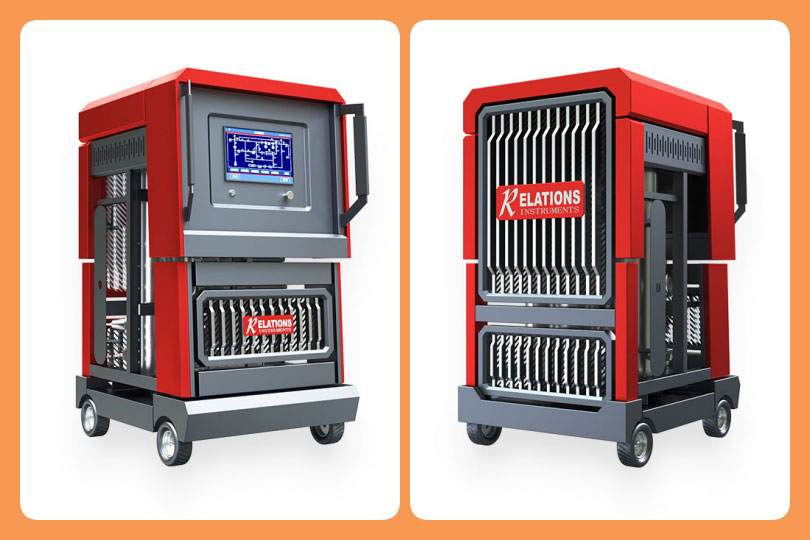Need Help: Providing Innovative and Sustainable Solutions.
Office Hours: 08:30am-6:00pm
What is the significance of dew point measurement in SF6 gas purity testing?
Date
2025-10-24
[email protected]
Website
www.sf6gasdetector.com
Get Solutions And Quotes
What is the significance of dew point measurement in SF6 gas purity testing?
Dew point measurement is critical in SF6 gas purity testing because it directly targets moisture—the most damaging impurity for SF6 gas and GIS equipment—by quantifying its content, thereby preventing irreversible harm to insulation performance, equipment integrity, and ensuring safety compliance.
1. Safeguard SF6’s Core Insulating Performance
SF6 gas’s primary role in GIS is to act as a high-efficiency electrical insulator, relying on its excellent dielectric strength to prevent electrical breakdown. Moisture directly undermines this core function.
- When moisture content in SF6 rises (indicated by a higher dew point, e.g., above -40°C), the gas’s dielectric strength drops significantly. Even small amounts of water vapor can create “weak points” in the gas, leading to partial discharges under electrical stress.
- Over time, these partial discharges escalate into full electrical breakdowns, causing GIS failures like short circuits—disrupting power supply and leading to costly repairs.
- Dew point measurement identifies excess moisture early, allowing technicians to dry the gas or replace it before insulation performance degrades.
2. Prevent Formation of Toxic & Corrosive Byproducts
Moisture reacts chemically with SF6 under electrical stress, producing hazardous substances that threaten both equipment and human safety—another key reason dew point measurement is non-negotiable.
- The reaction between SF6 and moisture generates toxic gases like hydrogen fluoride (HF) and sulfur dioxide (SO₂). These gases irritate technicians’ respiratory systems and can cause chemical burns if inhaled or contacted.
- Hydrogen fluoride is highly corrosive. It attacks GIS components such as metal enclosures, insulating sleeves, and seals, weakening their structure and causing permanent damage.
- By measuring dew point and keeping moisture levels low (per standards like IEC 60480, typically ≤ -40°C dew point for GIS), this harmful chemical reaction is avoided entirely.
3. Avoid Premature GIS Equipment Failure & Extend Lifespan
Moisture-related damage is a leading cause of early GIS breakdowns. Dew point measurement acts as a “preventive barrier” to protect equipment longevity.
- Moisture accelerates the degradation of GIS seals and gaskets. As seals deteriorate, they allow more air and moisture to leak into the system, creating a cycle of worsening impurity levels.
- Corrosion from moisture byproducts (like HF) erodes internal metal parts, such as contactors and busbars, reducing their conductivity and operational reliability.
- Regular dew point testing catches moisture ingress early, enabling timely interventions (e.g., drying the gas, replacing damaged seals). This avoids unplanned downtime and extends the GIS’s service life—often by 5–10 years.
4. Ensure Compliance with Global Regulatory Standards
Nearly all international standards for SF6 and GIS mandate strict moisture limits, and dew point measurement is the only reliable way to prove compliance.
- Standards like IEC 60480 (for SF6 reclamation and handling) and IEEE 1125 (for SF6 equipment maintenance) specify maximum dew point values for SF6 in GIS (e.g., -40°C for operating equipment, -50°C for new installations).
- For GIS service providers and their clients, failure to document dew point test results can result in regulatory fines, lost contracts, or legal liability.
- Dew point data becomes part of the equipment’s compliance record, ensuring adherence to environmental and safety regulations long-term.
Realize The Recycling Of Sf6 Gas

